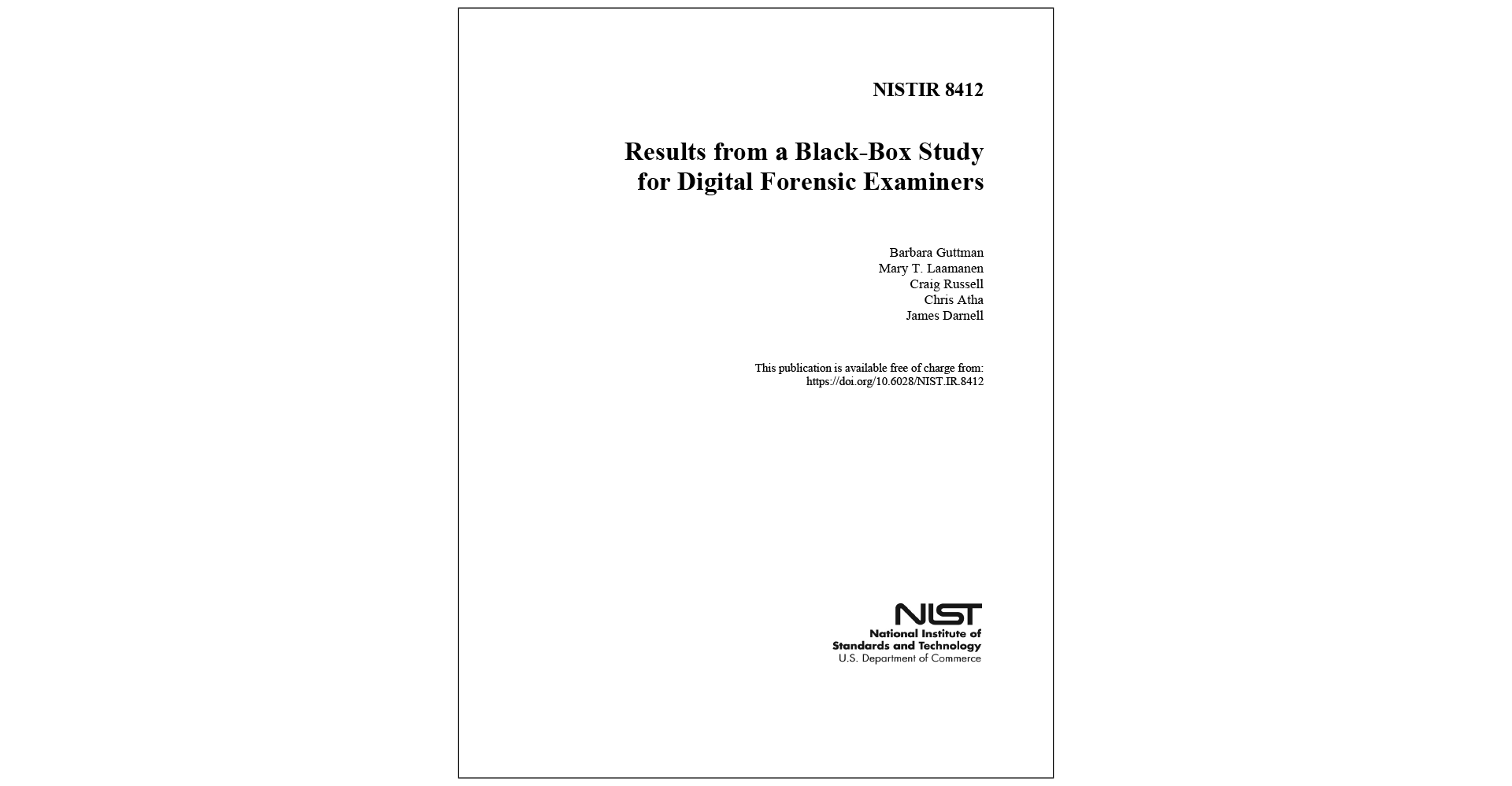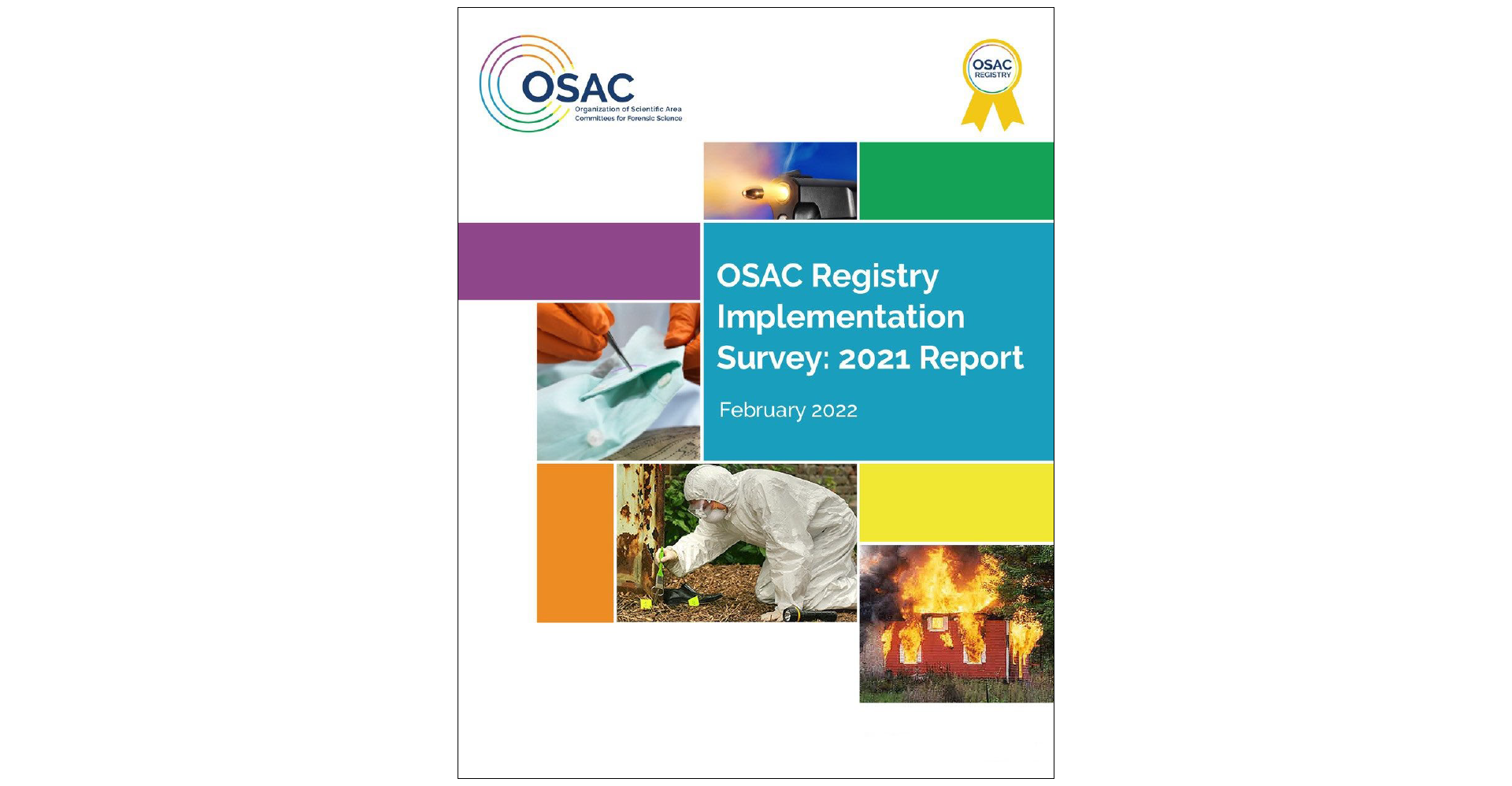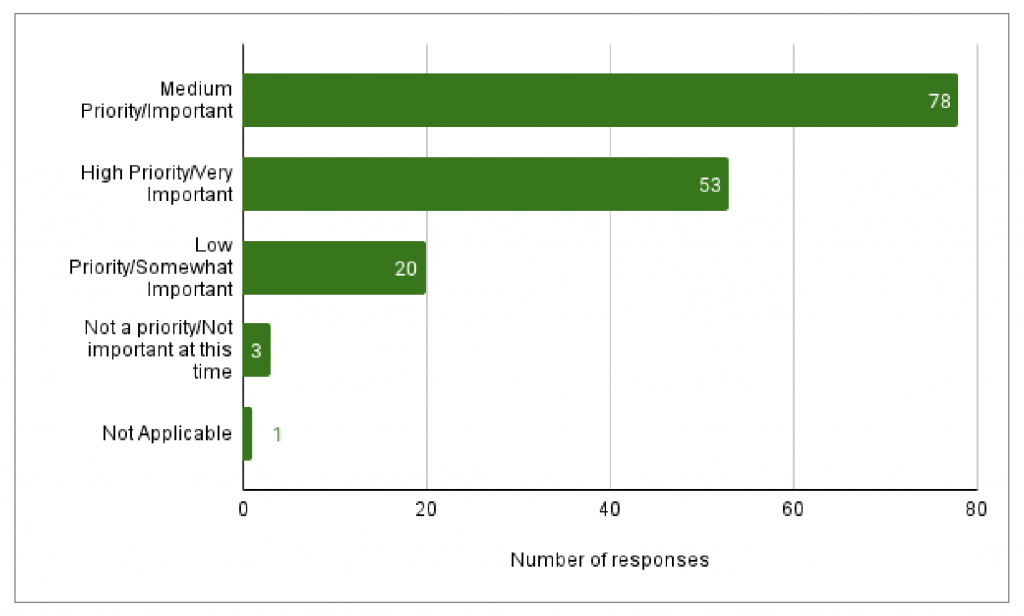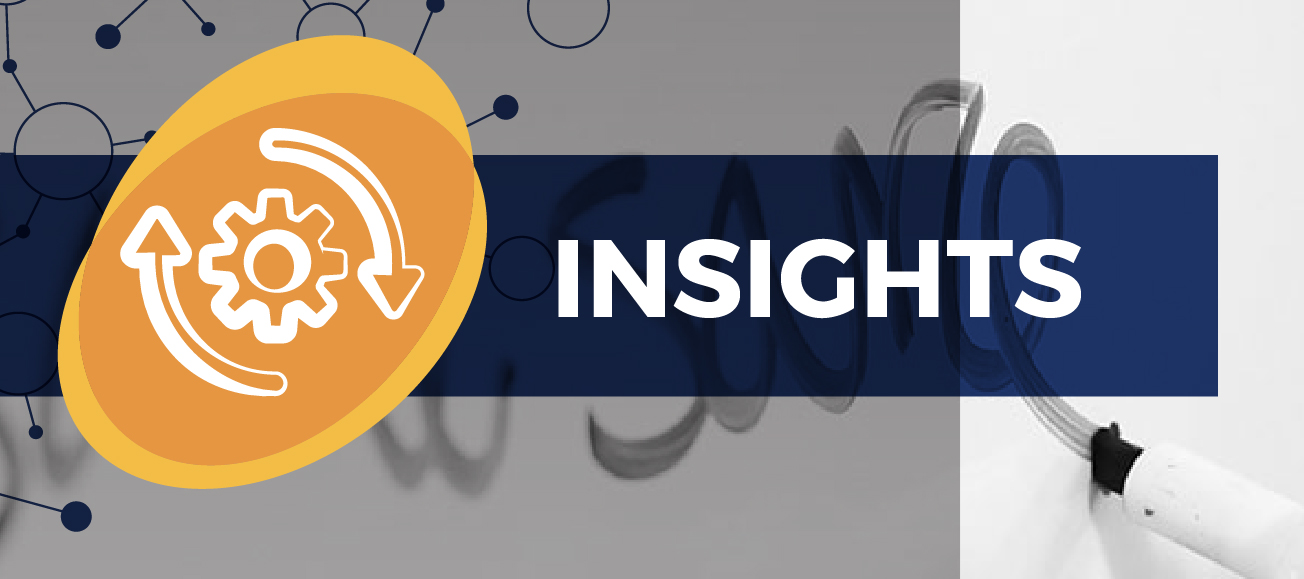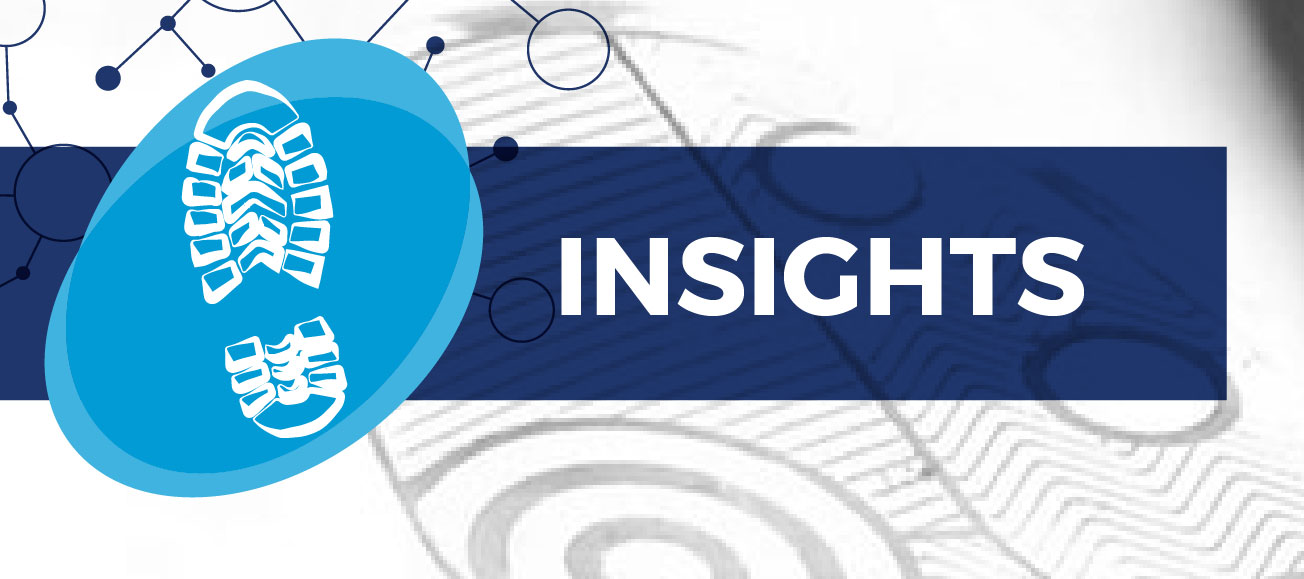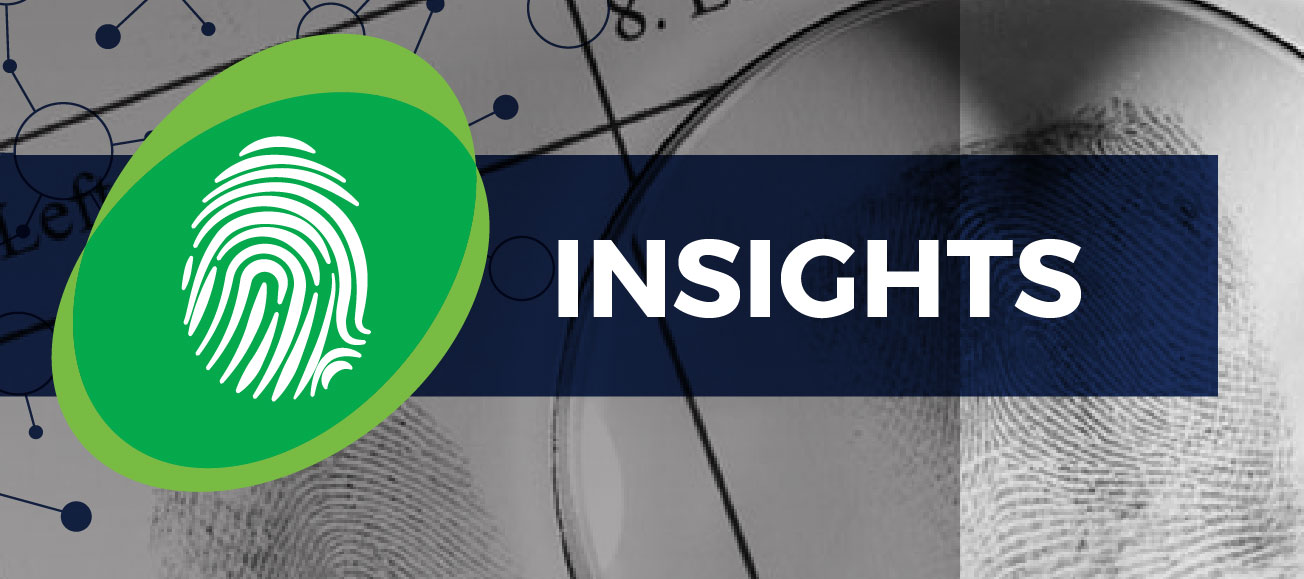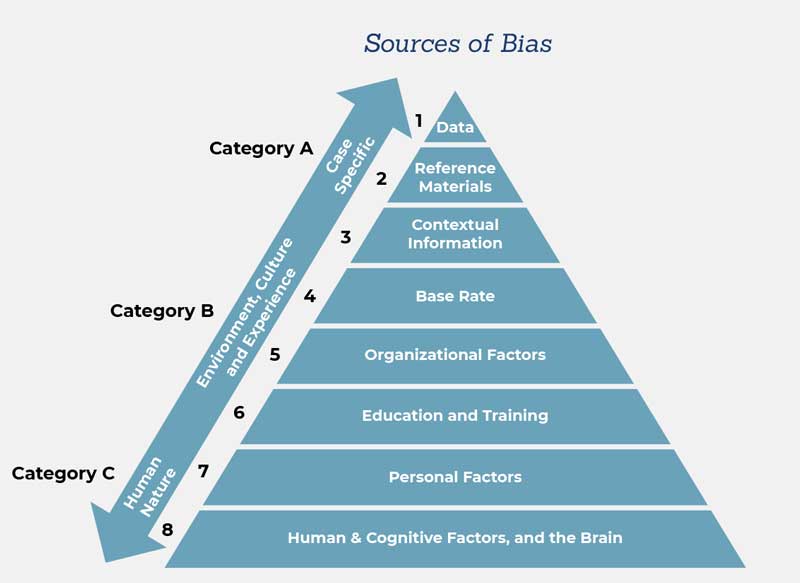The National Institute of Standards and Technology (NIST) has published the results from a black box study for digital forensic examiners. The study, released in February 2022, describes the methodology used in the study and summarizes the results.
The study was conducted online and open to anyone in the public or private sectors working in the digital forensics field. Survey participants examined and reported on the simulated digital evidence from casework-like scenarios. NIST said study’s goal was to assess the performance of the digital forensic community as a whole.
Results from a Black-Box Study for Digital Forensic Examiners (NISTIR 8412) can be viewed at https://nvlpubs.nist.gov/nistpubs/ir/2022/NIST.IR.8412.pdf.
From Results from a Black-Box Study for Digital Forensic Examiners, page 33:
Summary Key Takeaways
Despite the limitations of the study, two key takeaways about the state of the digital evidence discipline emerged:
- Digital forensics examiners showed that they can answer difficult questions related to the analysis of mobile phones and personal computers. Questions ranged from basic, such as identifying who the user of the phone had contacted, to advanced questions that related to the use of the TOR browser.
- The response to the study underscored the size, variety, and complexity of the field. The study received responses from examiners working in international, federal, state, local government, and private labs whose major work included law enforcement, defense, intelligence, and incident response/computer security. There were also responses from people outside of these areas.

